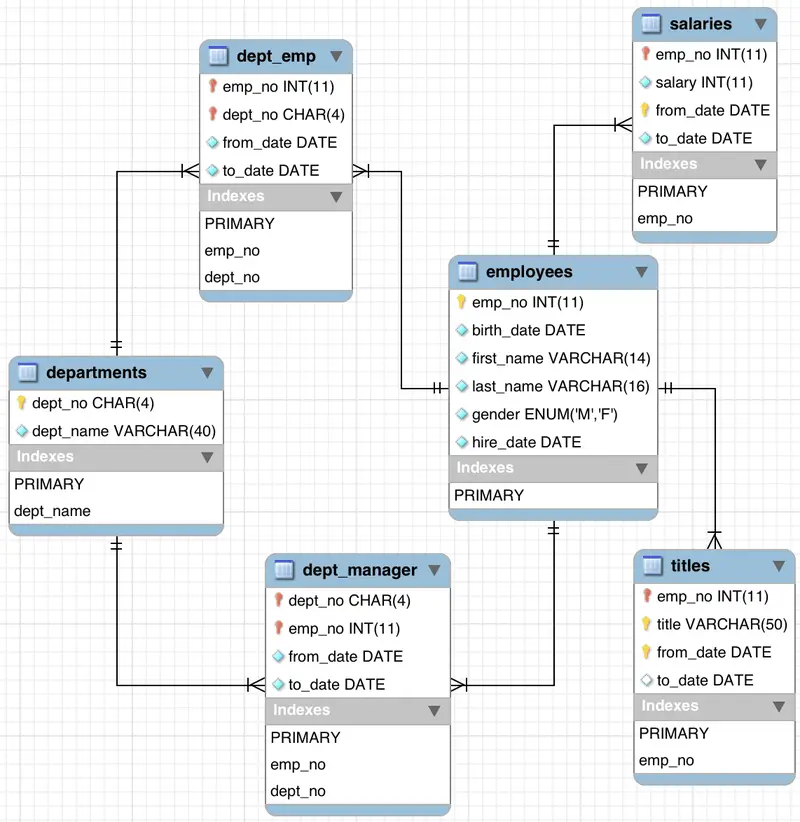1
2
3
4
5
6
7
8
9
10
11
12
13
14
15
16
17
18
19
20
21
22
23
24
25
|
select emp_no,
concat(
DATE_FORMAT(T1.from_date,'%Y-%m-%d'),
'~',
DATE_FORMAT(T1.to_date,'%Y-%m-%d'),
'\n',
T1.title
) tenure1,
concat(
DATE_FORMAT(T2.from_date,'%Y-%m-%d'),
'~',
DATE_FORMAT(T2.to_date,'%Y-%m-%d'),
'\n',
T2.title
) tenure2,
concat(
DATE_FORMAT(T3.from_date,'%Y-%m-%d'),
'~',
DATE_FORMAT(T3.to_date,'%Y-%m-%d'),
'\n',
T3.title
) tenure3
from titles T1 join titles T2 using(emp_no) join titles T3 using(emp_no)
where emp_no = 11027 and T1.from_date < T2.from_date and T2.from_date < T3.from_date
|
